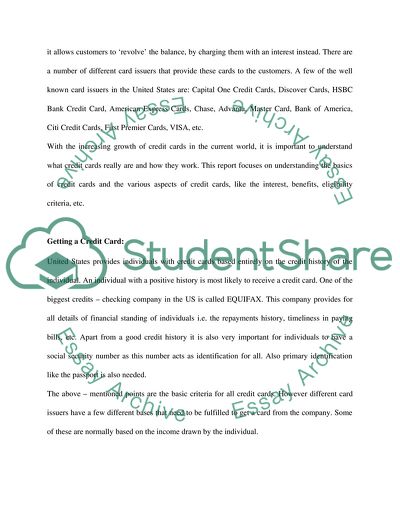Cite this document
(Credit Cards: Review Report Example | Topics and Well Written Essays - 1500 words, n.d.)
Credit Cards: Review Report Example | Topics and Well Written Essays - 1500 words. https://studentshare.org/finance-accounting/1718057-credit-card-interest
Credit Cards: Review Report Example | Topics and Well Written Essays - 1500 words. https://studentshare.org/finance-accounting/1718057-credit-card-interest
(Credit Cards: Review Report Example | Topics and Well Written Essays - 1500 Words)
Credit Cards: Review Report Example | Topics and Well Written Essays - 1500 Words. https://studentshare.org/finance-accounting/1718057-credit-card-interest.
Credit Cards: Review Report Example | Topics and Well Written Essays - 1500 Words. https://studentshare.org/finance-accounting/1718057-credit-card-interest.
“Credit Cards: Review Report Example | Topics and Well Written Essays - 1500 Words”. https://studentshare.org/finance-accounting/1718057-credit-card-interest.


